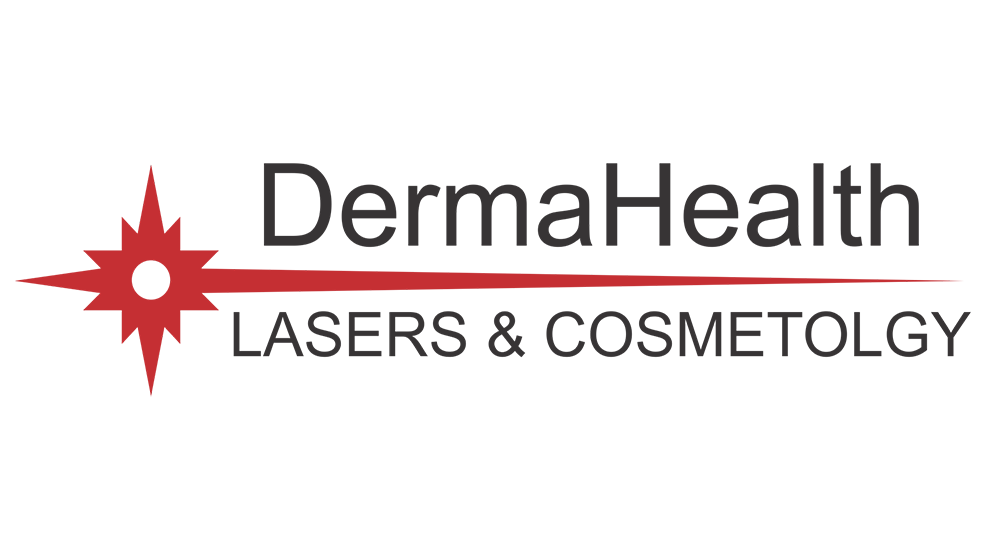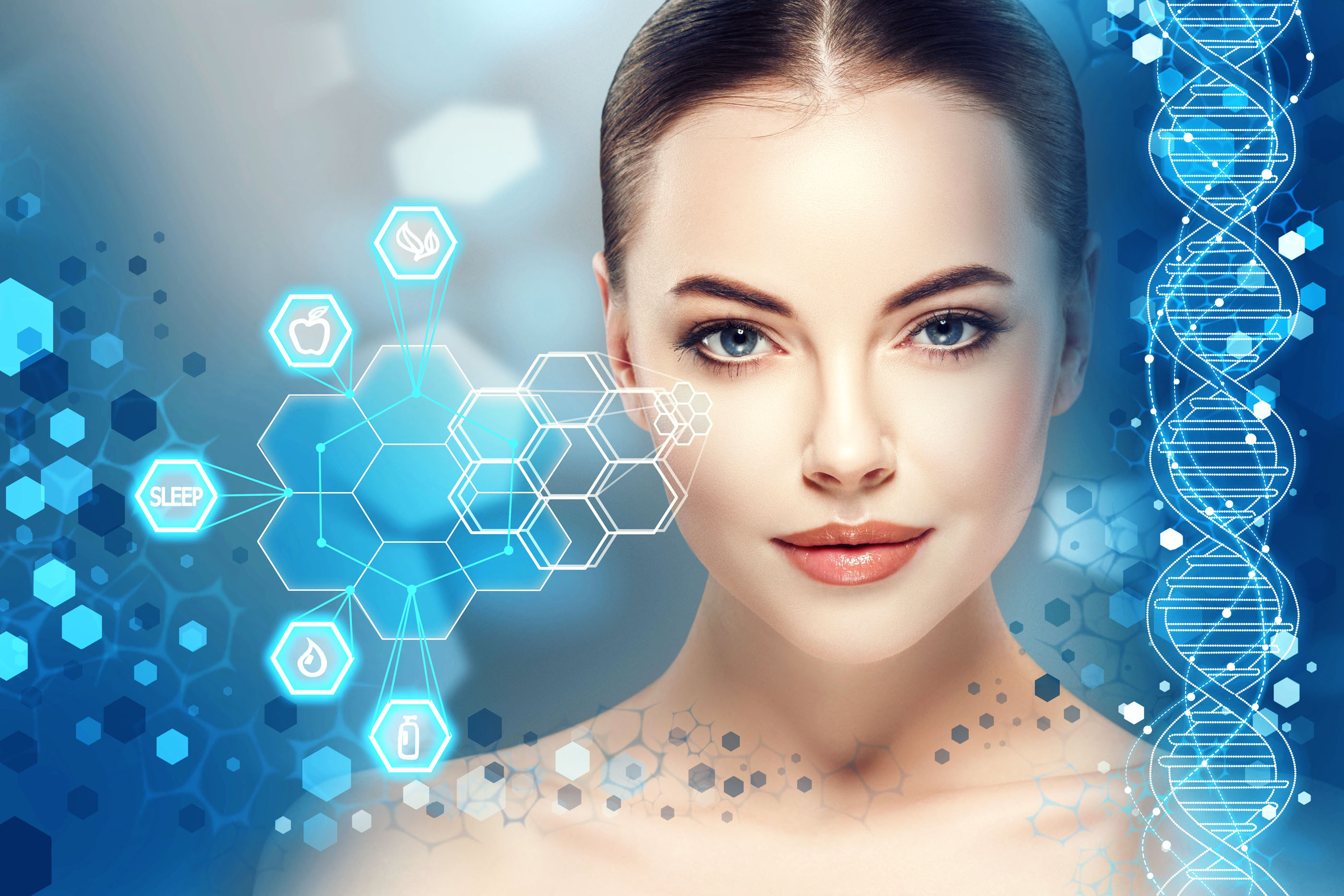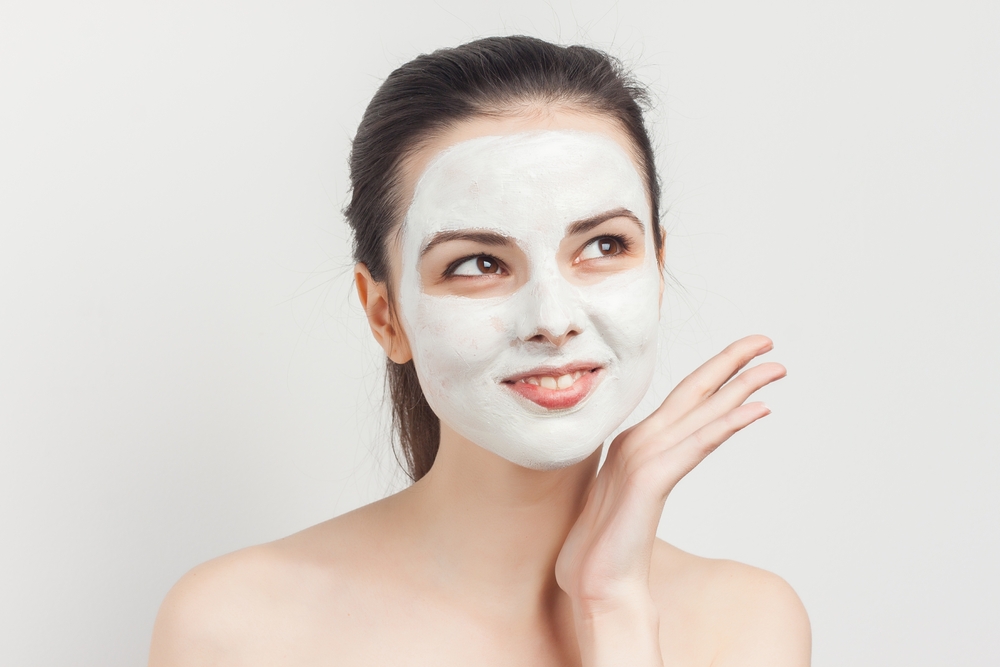Acne: Causes and Treatment
Many patients suffer from Acne. patients aged 11-25 are affected in around 75% of cases. However, acne may continue to appear in the 30s and 40s.
The formation of Acne
1) Increases secretion of sebaceous glands: The increased secretion of sebaceous glands may result from hormonal activity with puberty or during other phases of life.
2) Changes in skin keratin cells: In acne patients keratin cells in the skin adhere to each other, leading to blocked follicular sebaceous glands. This results in the formation of blackheads or whiteheads.
3) The retention of microbes and lipids in the skin follicles: The sebaceous glands and fats, trapped within the sebaceous glands, represent a food for the bacteria. Increased activity and multiplication of bacteria within the glands, lead to inflammation and the formation of papules and pustules. Fatty acids further contribute to the inflammation.
Factors that lead to acne
The most common preparations that lead to the appearance of acne are coconut oil, vegetable oil and lanolin.
Acne Treatment
Treatment should be supervised by a dermatologist to ensure diagnosis and avoid complications.
The main objectives of treatment are:
1) Restoration of the keratin cells to their natural structure. Vitamin A extracts (retinoids) help prevent the adhesion of keratin.
2) Clearing the skin from Microbes: This is done by topical or oral antibiotics, as well as other drugs such as azaleic acid extracts, benzoyic extracts
3) Clearing the sebum that clogs the pores: This is most often done by extracts of vitamin A and extracts of certain acids (salicylic, glycolic). In some intractable cases, inflamed pustules may need to be opened to remove the pus.
4) Treatment of inflammation: This can also be done with salicylic acid extracts or some oral medications
5) Reduction of fat secretion: This is achieved by treating hormonal disorders in some cases and the use of some extracts and creams related to vitamin A (Retinols).
Moisturizing the skin and acne
Some research suggests that the use of moisturizing creams helps get rid of dry skin and adhesion of keratin cells, especially in dry atmospheres. Therefore, it might be recommended in certain treatment protocols with some types of acne. However, it should be noted that some substances may lead to clogged pores and exacerbation of acne
A model of one of the prevention programs of acne
Morning
1) Washing the face with acne soap.
2) Use of antimicrobial creams to remove microbes, according to the doctor.
3) Use a sunblock cream designed for acne-prone skin, unless the skin is very fatty.
Evening
1) Washing face with soap for acne
2) The use of appropriate creams such as one of the extracts of vitamin A according to the doctor.









